YOU know when a kid tells you they’re going to be an animal conservationist or something like that, you tend to go “aw, that’s cute” but at the same time think, “like that’s ever gonna happen”.
Well that’s because it sounds like a fanciful idea – you get to go camping every day, work with exotic animals, be one with nature, etc – but you know reality will set in eventually and most kids would drop the dream.
Paul Henry, 27, wasn’t one of them.
The animal and environmental conservationist has only ever had one ambition (apart from a short period when he thought about being a doctor), and that was to help protect endangered animal species.
“It’s all about doing what you like,” said Paul of how he managed to stick to his wild ambition. “It doesn’t matter how crazy your dream is. It’s your willingness to pursue it that really matters.”
Paul, who is from Kuantan, Pahang, spoke to R.AGE just a day before flying off for his next project, researching an animal species in the jungles of Borneo that was thought to be extinct.
Unfortunately, Paul was not allowed by the company sponsoring the project to divulge any more information.
“It might take anywhere between two and 10 years, but I don’t think it’s a big commitment. I have the chance to study a species that has never been studied before!” he said.
During that time, Paul will not be earning a steady salary, and he will be staying with a local tribe. His living expenses will come from the budget given to him by the sponsors, which he will also have to use to pay the local guides and for all the costs of his research.
It might sound pretty awful to some, but Paul’s eyes light up every time he recounts his experiences in the field.
He tells us about the time he filmed a herd of elephants swimming across Lake Kenyir in Terengganu, the time he was chased by an elephant, the time he discovered a new waterfall and named it after himself (Waterfall Paulie), and the time he found tiger tracks in the forest.
And it was another close encounter with an animal, this time at the Sea Turtle Research Unit in Redang, Terengganu, that first got Paul interested in conservation.
“Have you held a baby turtle before?” he asked. “Once you’ve held one in your hands, you’ll know why we do turtle conservation. That was the moment I decided to get involved.”
For all the young people who have thought about going into the same field, Paul advises that they get in touch with NGOs like the Malaysian Conservation Alliance for Tigers (MyCat), where there are now plenty of opportunities to volunteer.
“Try volunteering first to see if conservation work is for you,” he said.
What’s the toughest part about being in the field?
“Toughest part … I don’t know!” he said, shrugging. “There’s no tough part for me. I enjoy being in the field. It’s nice to wake up to the sound of the gibbons and hornbills.”

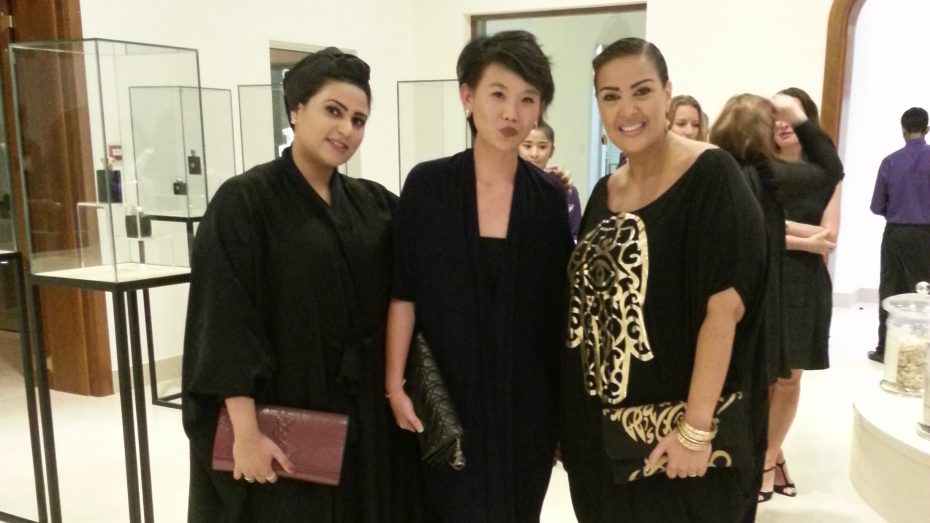
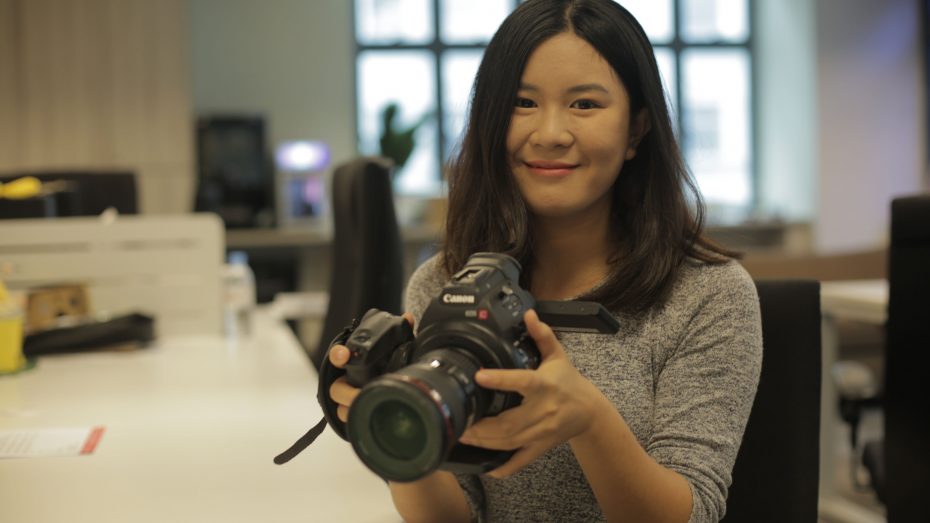

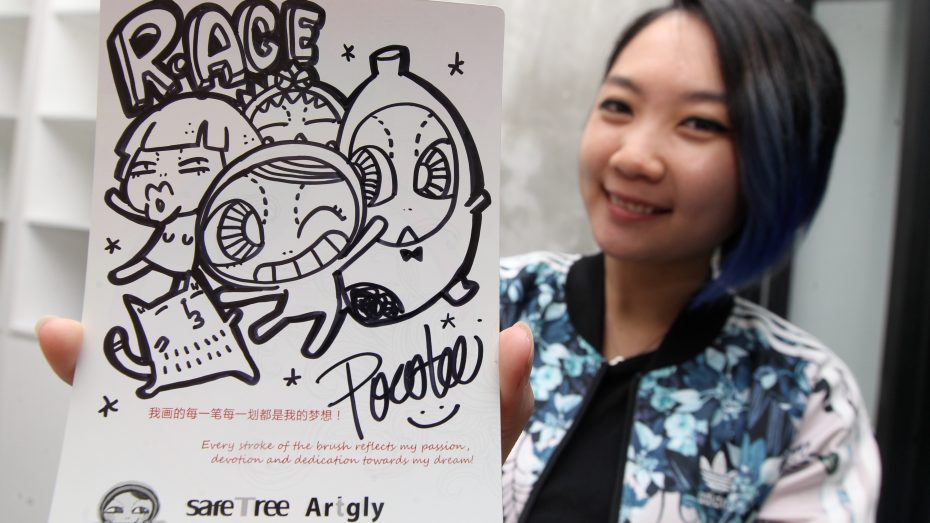



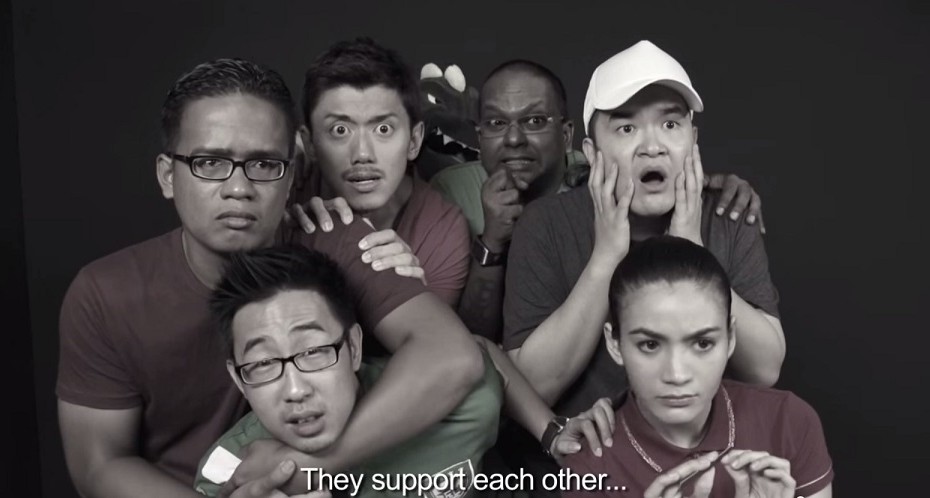


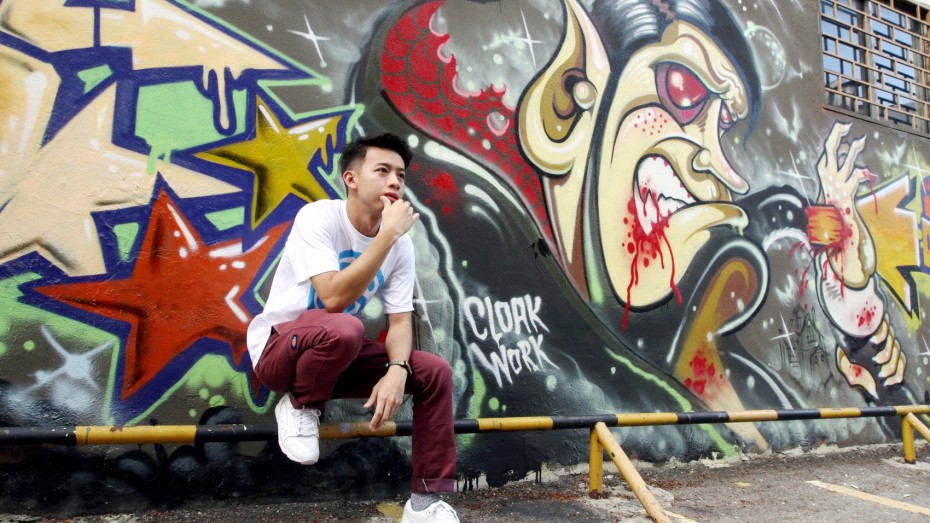
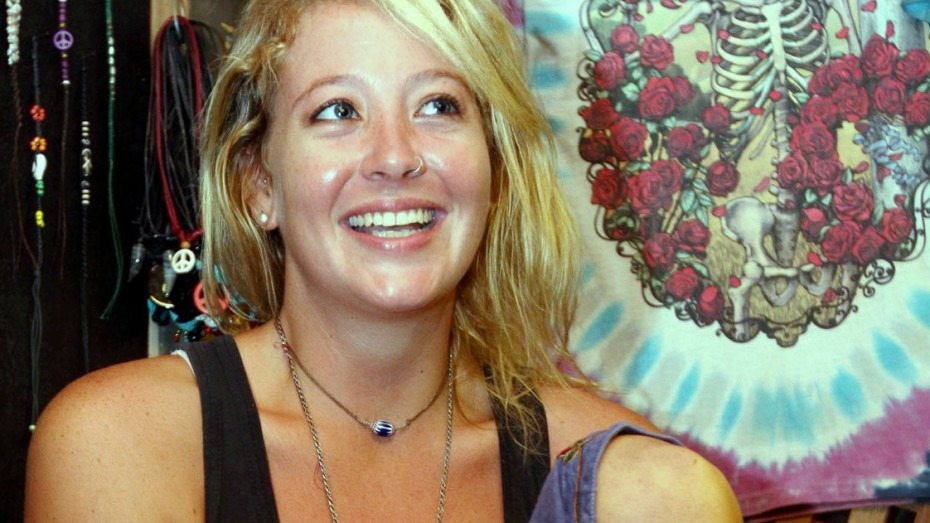
Tell us what you think!